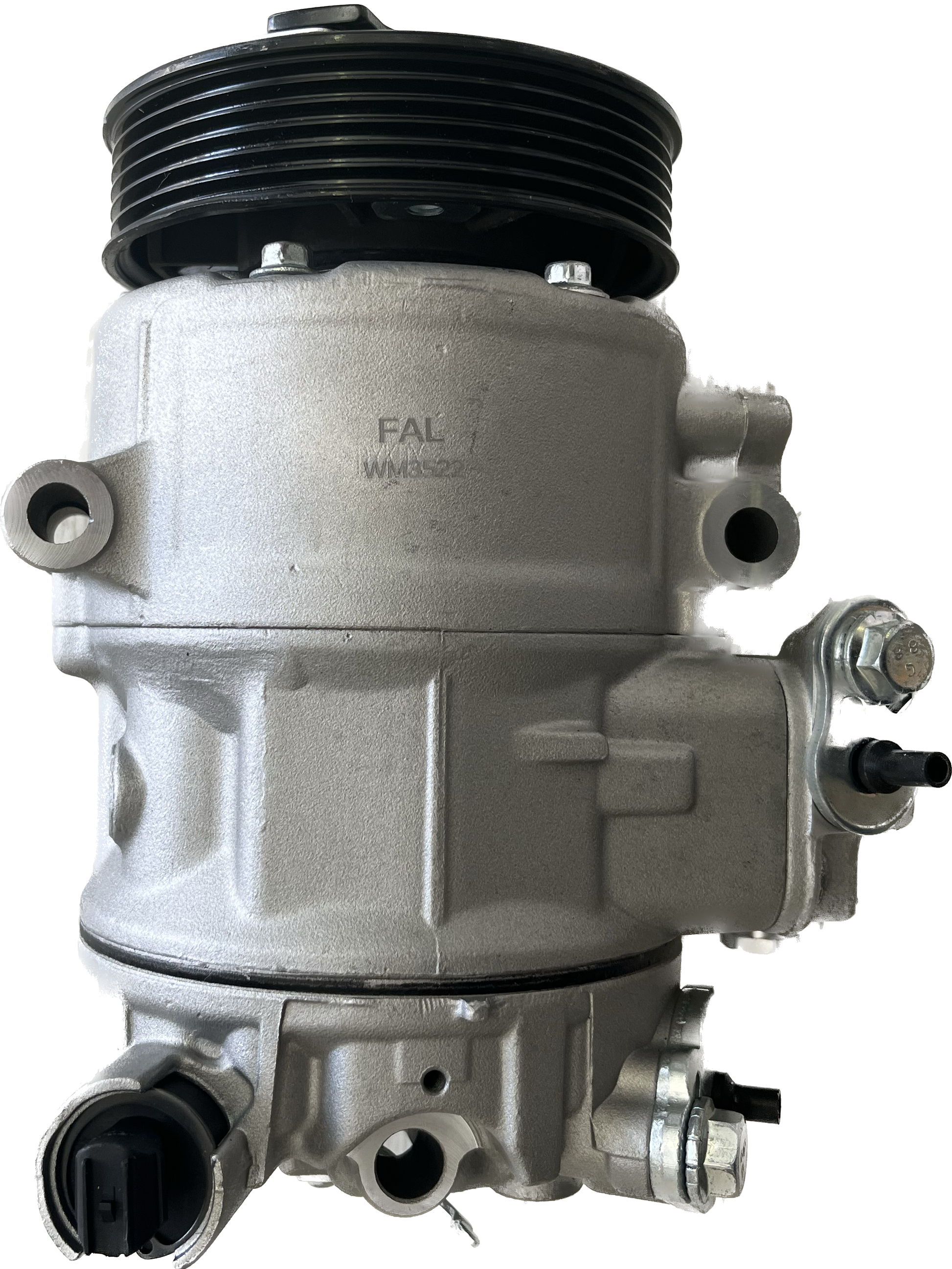Choose a cost-effective clp engine for industrial applications.
Just How a Clp Engine Can Boost Performance in Various Industries
The advent of CLP engines notes a substantial change in functional performance across various fields, driven by their ability to maximize fuel consumption and minimize downtime. As companies progressively focus on sustainability alongside performance, the role of CLP engines becomes even more essential.
Overview of CLP Engines
CLP engines, or Continuous Fluid Propellant engines, represent a significant advancement in propulsion technology, especially for space applications. These engines make use of a continuous feed system that permits for the sustained expulsion of propellant, resulting in boosted efficiency and efficiency compared to standard solid or hybrid propulsion systems. By maintaining a continuous circulation of liquid propellant, CLP engines can accomplish a lot more specific thrust control, which is vital for steering spacecraft in numerous objective situations.
The design of CLP engines incorporates sophisticated products and cutting-edge gas administration systems. clp engine. This causes decreased weight and enhanced integrity, important elements for long-duration space objectives. In addition, the constant operation reduces the risk of burning instability, a typical challenge in conventional rocket engines.

Advantages in Production
The production of Constant Fluid Propellant (CLP) engines provides several significant advantages that improve both performance and cost-effectiveness. One of the main benefits is the streamlined production process, which minimizes the complexity associated with typical propulsion systems. By using liquid propellant, suppliers can accomplish better accuracy in engine efficiency, leading to enhanced energy outcome and lowered waste.
In addition, CLP engines promote a higher degree of modularity, allowing for easier integration into various manufacturing lines. This adaptability can substantially reduce preparations and enhance overall functional adaptability. Using CLP innovation likewise tends to minimize the need for considerable maintenance due to less moving parts, which equates right into decreased downtime and operational costs.

Applications in Logistics
Leveraging Constant Liquid Propellant (CLP) engines in logistics provides significant advantages in operational performance and integrity. These engines give a durable solution for numerous transportation requirements, enabling the seamless motion of items throughout huge distances. The intrinsic layout of CLP engines permits for regular power output, which equates right into smoother and extra predictable transport schedules.
Among the essential applications of CLP engines in logistics is in heavy-duty products transport, where they can drive both ground and aerial cars. Their ability to maintain high efficiency under differing tons conditions makes sure that delivery timelines are fulfilled, consequently enhancing client fulfillment. In addition, CLP engines can be integrated right into automated logistics systems, facilitating real-time tracking and optimizing route planning.
In addition, the sturdiness of CLP engines lowers maintenance downtime, permitting logistics companies to optimize their functional capabilities. This is specifically advantageous in warehousing procedures, where efficiency in managing and moving products is crucial. As logistics continues to develop, the combination of CLP engines stands for a forward-thinking technique that not only boosts performance yet also helpful site sustains the sector's growing demands for reliability and rate.
Influence on Energy Performance
Exactly How do Continuous Fluid Propellant (CLP) engines enhance power effectiveness in transport? CLP engines utilize a regular flow of liquid gas, maximizing burning procedures and maintaining a steady thrust output. This style reduces power losses related to standard combustion engines, where fuel delivery can differ and result in ineffectiveness.
The continuous operation of CLP engines enables a much more effective thermal cycle, causing higher specific impulse compared to standard engines. clp engine. This equates to decreased gas usage for the exact same amount of job done, considerably lowering operational costs across numerous transportation industries, including air travel and maritime industries
Moreover, the ability of CLP engines to preserve optimal efficiency under varying tons conditions lowers the requirement for regular velocity and slowdown, better boosting fuel efficiency. Boosted energy efficiency not just adds to set you back savings however also causes lower greenhouse gas exhausts, aligning with international sustainability objectives.
Future Trends and Innovations
Arising developments in Continuous Liquid Propellant (CLP) engine technology guarantee to reinvent the landscape of Our site transport performance and sustainability. As industries pivot toward greener options, CLP engines stand at the forefront, integrating cutting-edge products and layout approaches that boost performance while decreasing environmental influence.
One of the most appealing trends is the fostering of hybrid systems that integrate CLP engines with eco-friendly power resources. This harmony can optimize fuel intake and reduce discharges, straightening with international sustainability objectives. Moreover, improvements in computational liquid dynamics (CFD) are helping with the layout of even more aerodynamically effective engines, bring about lowered drag and enhanced gas performance.
Moreover, the advancement of wise tracking systems is established to boost functional efficiencies. These systems utilize information analytics and IoT innovation to maximize engine efficiency in real-time, ensuring that the engines operate within their most reliable parameters.
As research study proceeds to explore different propellant solutions-- such as biofuels and synthetic fuels-- the future of CLP engines looks appealing. By taking advantage of these technologies, markets can not only enhance their performance however also contribute significantly to a cleaner, much more lasting future in transportation.
Conclusion
To conclude, CLP engines stand for a significant improvement in efficiency across several markets. Their ability to optimize gas consumption and lower functional costs, incorporated with a constant feed system, boosts power outcome and operational linked here dependability. The integration of sophisticated materials and less relocating components minimizes maintenance demands, while alignment with sustainability objectives settings CLP engines as a crucial modern technology for the future. Continued innovation in this area promises further improvements in effectiveness and ecological performance.